This website uses cookies so that we can provide you with the best user experience possible. Cookie information is stored in your browser and performs functions such as recognising you when you return to our website and helping our team to understand which sections of the website you find most interesting and useful.
Terebleche Territorial Community
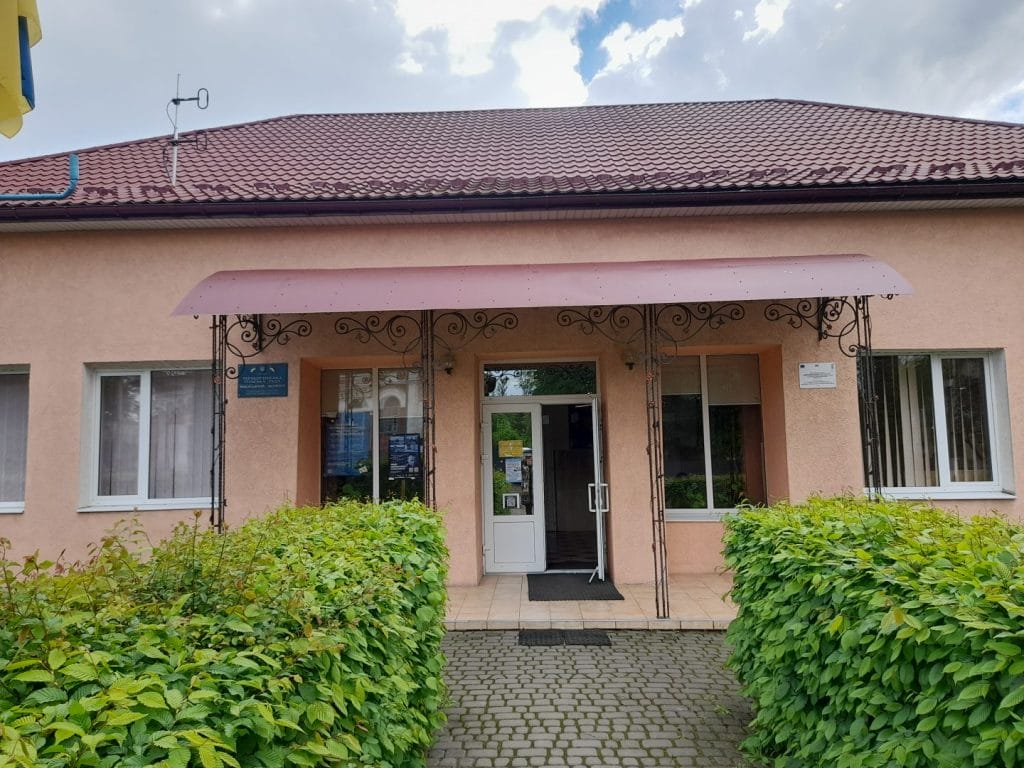
The Terebleche community is located in the western part of Ukraine, in Chernivtsi Oblast, bordering Romania, which is one of the important factors for the community’s good development.
The area of the community is 74.7 square kilometres. The Terebleche community comprises 5 rural settlements. The distance to the oblast centre, Chernivtsi, is 35 km.
As of 1 January 2025, the community’s population is 6282 people.
Men: 2,877
Women: 3,405
Internally displaced persons (IDPs): 57.
History
The administrative centre is the village of Terebleche, with the first mentions dating back to 1446.
Historical sources indicate that this settlement on the current Ukrainian-Romanian border emerged in the Moldavian-Turkish period in the 15th century and was primarily settled by Romanians, later receiving the name Tereblestie Românești. With the inclusion of Bukovyna into the Habsburg Empire, a new German settlement arose near the Romanian Tereblestie, named Tereblestie Nemțești. During the Soviet period, the villages were united under the name Porubne.
From the Germans in the village, several original private houses with interesting architecture remain, as well as the former German bank – one of the most original and beautiful buildings in the village. After the war, this building was handed over for use by a boarding school.


The community also remembers the terrible times of Soviet occupation in Bukovyna. From June 1940 to 13 June 1941. From the village, 136 people (including families with children) were deported to distant Kazakhstan, of whom only 12 returned to the village.
On the territory of the Terebleche community, there are two old wooden churches, which are monuments of local and national significance.

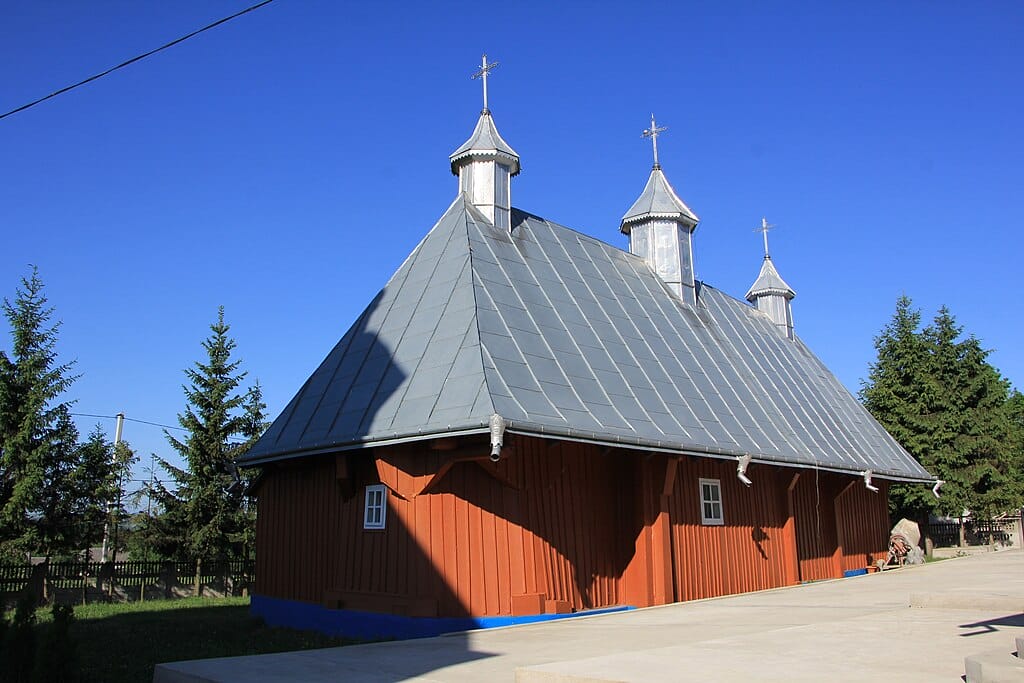
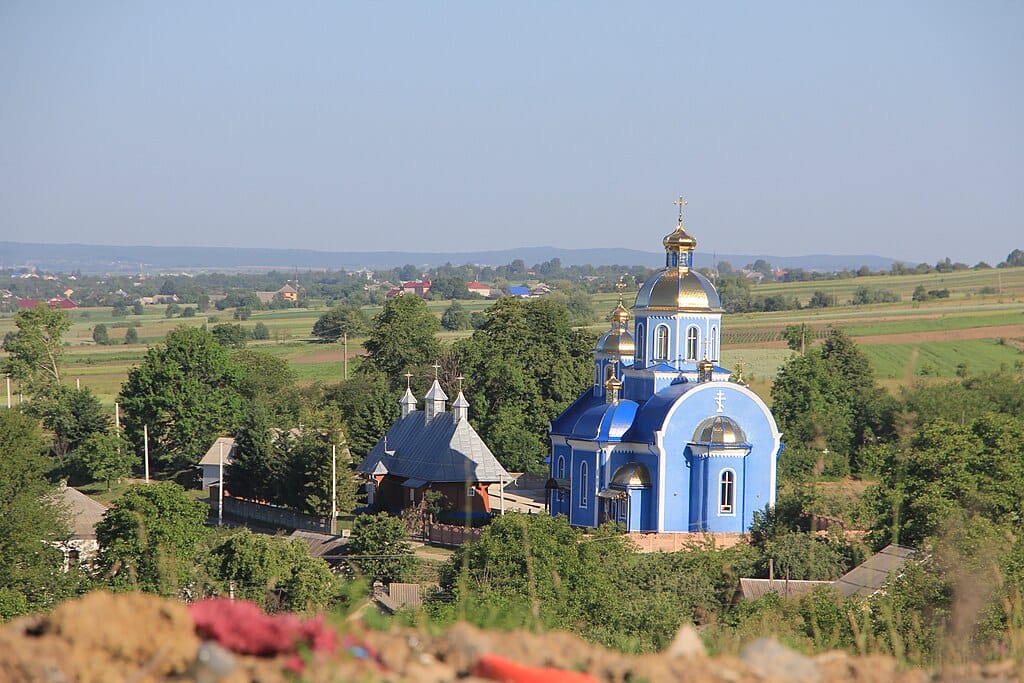
Economy and Welfare
The agribusiness complex and service sector are well developed in the community. Approximately 40 economic entities operate on the territory of the Terebleche community – usually small shops with up to 5 employees. Two restaurants are in operation.
The community has land plots at its disposal that are potentially attractive for investment. This is particularly relevant given the expectations in the short- and medium-term perspective with good transport accessibility.
In the villages of the community, there are 1,794 land plots occupying an area of more than 2,000 hectares of land. The majority of these lands are leased to agricultural companies that grow grain crops, soy, corn, etc.
A large pig farm operates on the territory of the community, employing local residents.
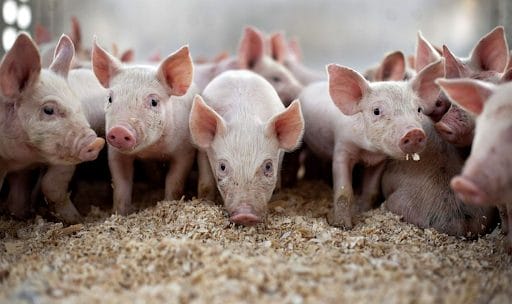
The location of the “Porubne” border control point on the territory of the community offers significant development prospects.
Neighbouring an EU country stimulates the residents of the villages to develop their own community. The villages of the community are rejuvenating and being built up. Many private shops have appeared, where efforts are made to implement European service standards. Ninety entrepreneurs are registered, engaged in trade, catering, and transport services.
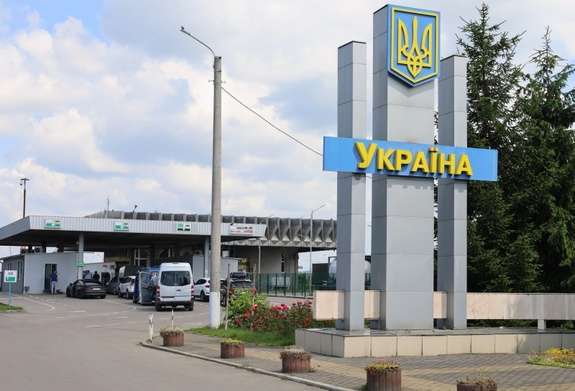
The community has a developed network of education and healthcare. It operates 5 general secondary schools, 2 preschool institutions; 3 family medicine outpatient clinics in Terebleche, Horbivtsi, and N. Synivtsi villages, and an emergency medical care post in Terebleche village.
The community also has developed infrastructure for comfortable living – there are post offices, cultural centres, and clubs in almost every village.
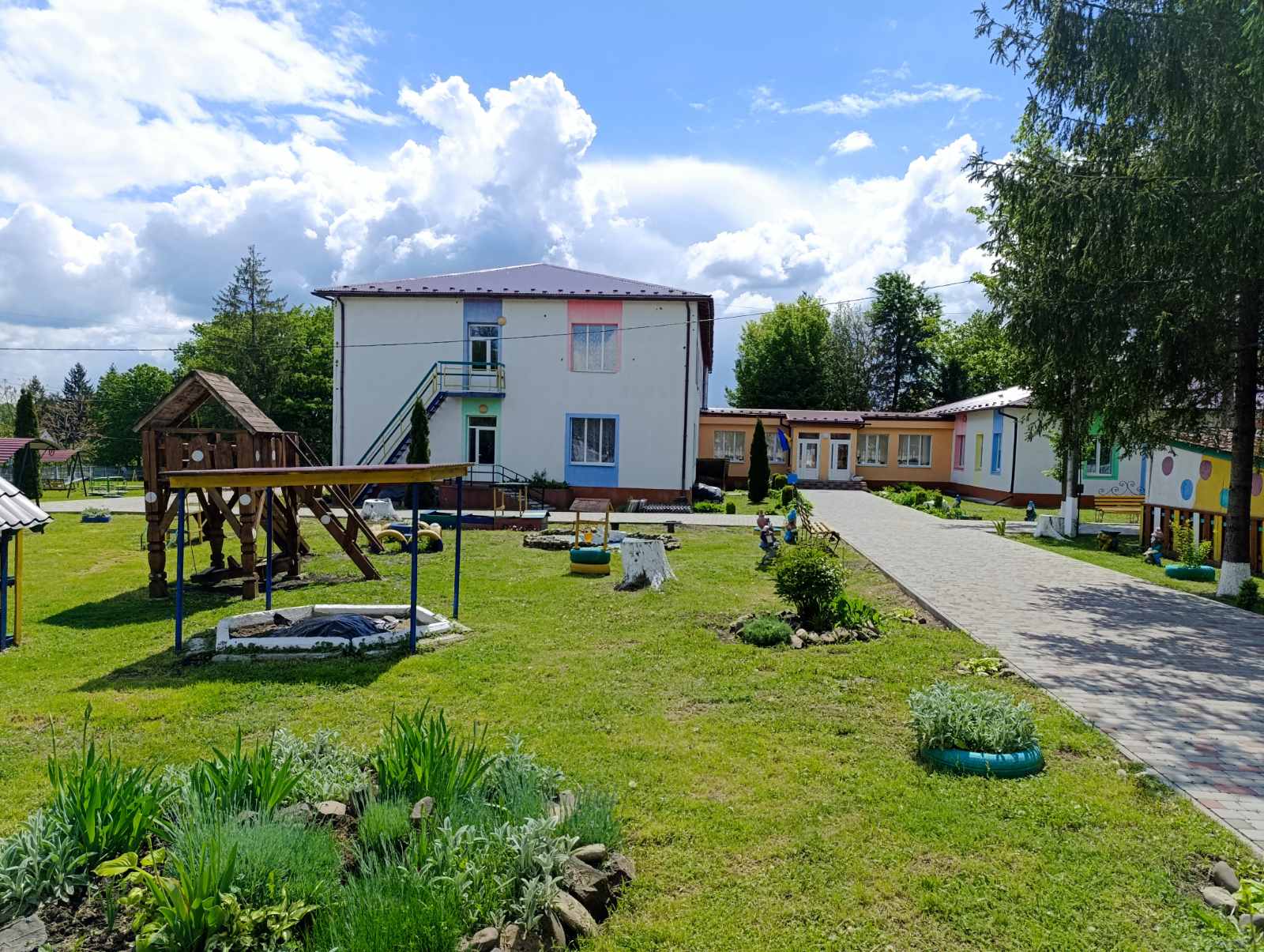
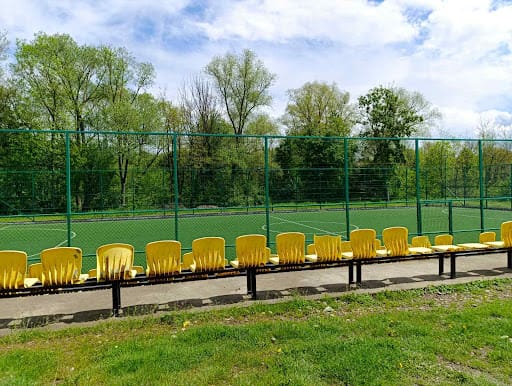
The Community and the War
From the first days of the war, residents of the Terebleche community have been defending their homeland against Russian aggression. Twenty-nine men are currently defending Ukraine in the ranks of the Armed Forces of Ukraine. Unfortunately, 2 servicemen from the community have been killed, 7 are considered missing in action, 2 servicemen are disabled veterans, one of whom has an amputated limb.
Residents of the community also join various volunteer organizations and help Ukrainian military personnel by working in the rear.
The Terebleche village council, from the beginning of the full-scale invasion, provides financial assistance to military units and subunits for military vehicles, drones, and other equipment. Children in schools actively participate in fundraising to support the Defence Forces of Ukraine.
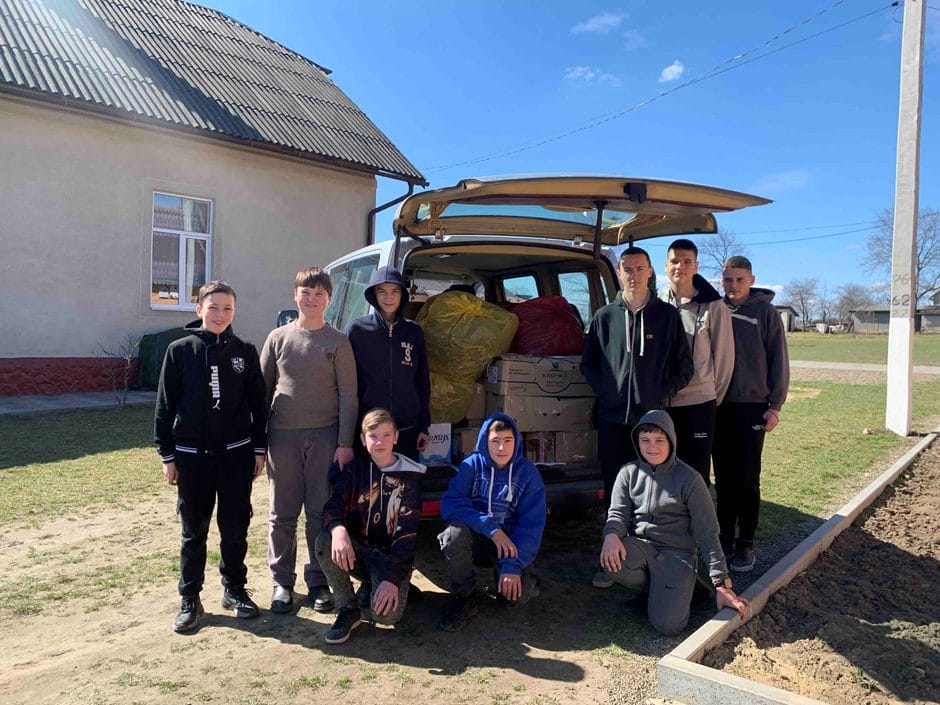



People of the Community
Since 18 November 2021, the Terebleche community has been led by Diana Kostiuk. She has been entrusted with the temporary performance of the duties of the Terebleche village head due to the death of the village council head, Valerii Sak.

The community also has 3 starosta offices. Starostas represent the interests of village residents and facilitate communication between the authorities and community members.
Development Strategy
The key principles for implementing the community’s development strategy are:
– Economic welfare of the community
– Developed infrastructure based on sustainable development
– Quality preschool and general secondary education in the community
– Physical and psychological welfare of the community
– Social cohesion in the community
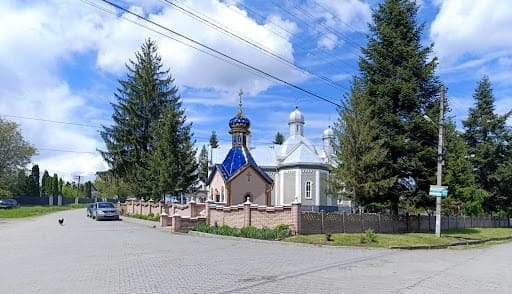
Sources
- Official website of the Terebleche Village Council – tereblechenska-gromada.gov.ua
- uk.wikipedia.org
